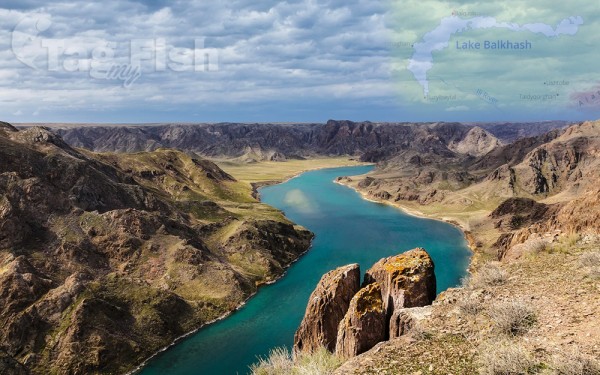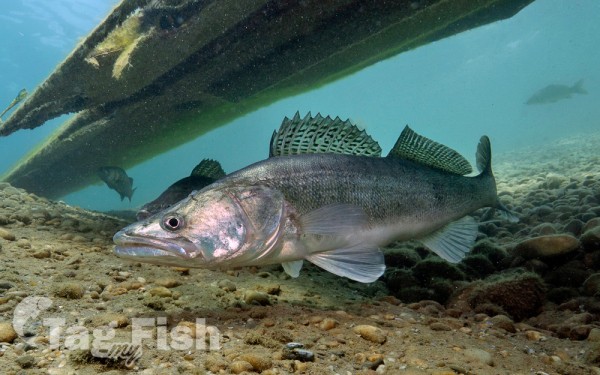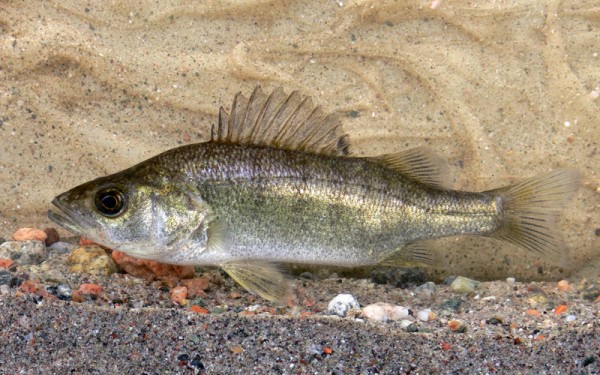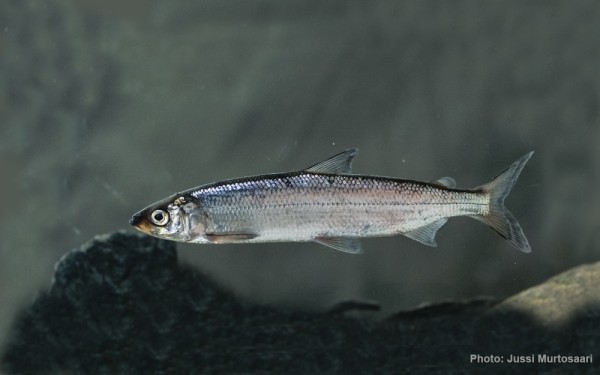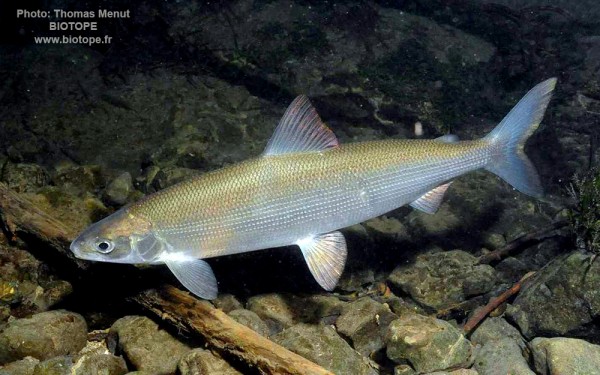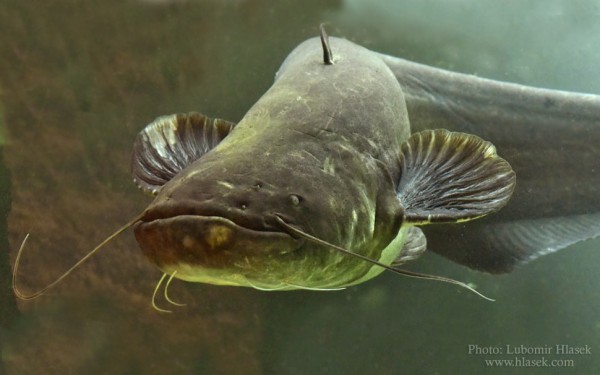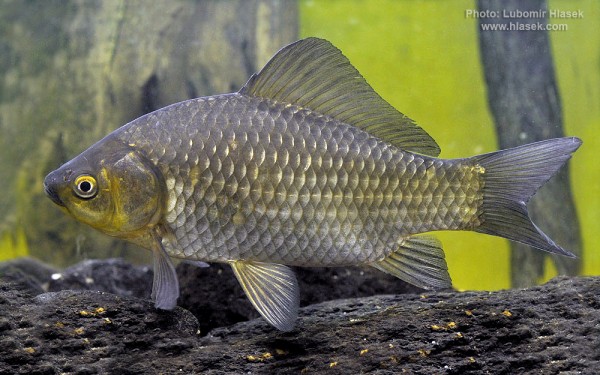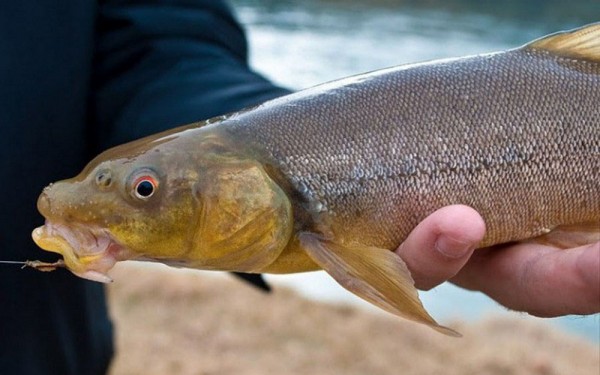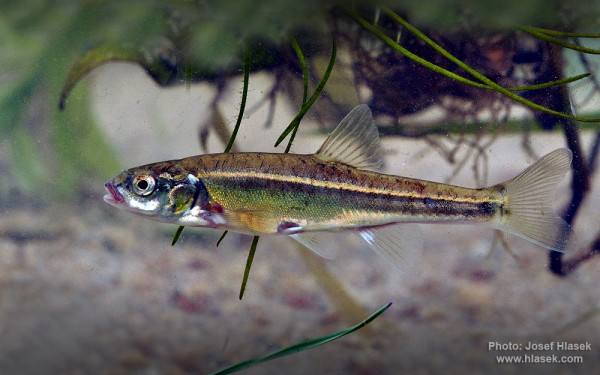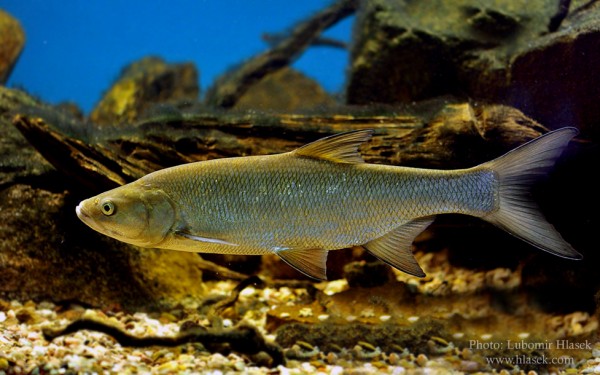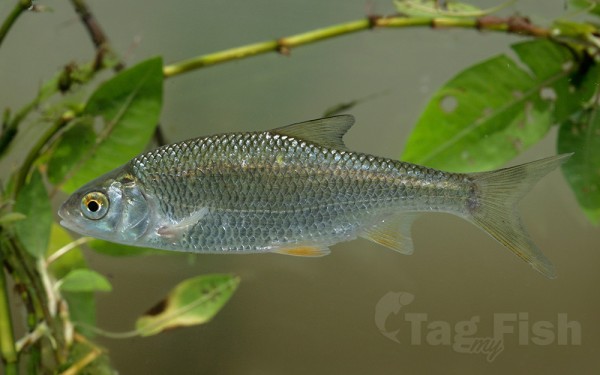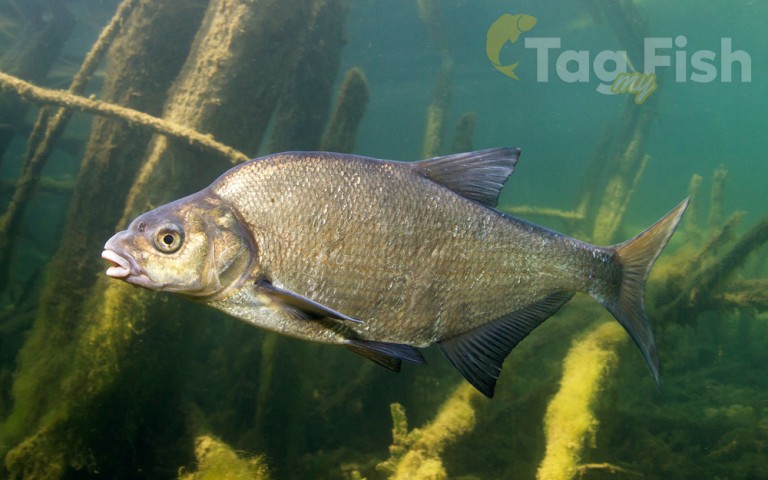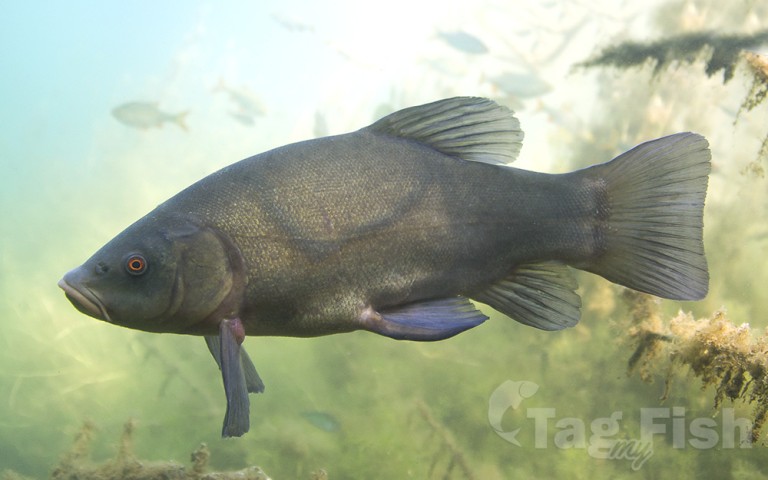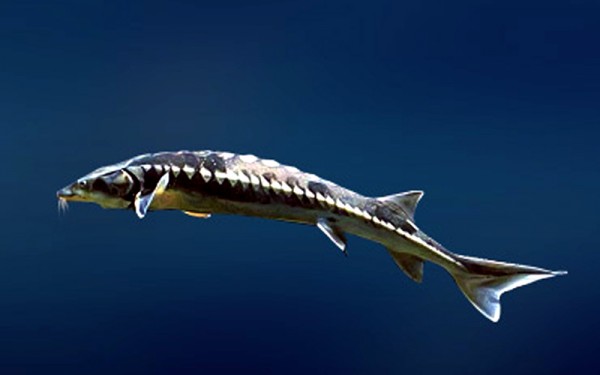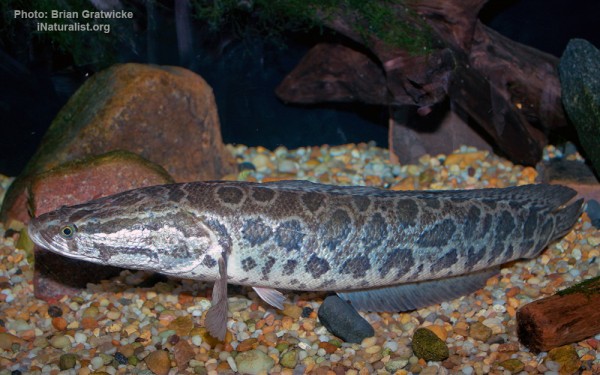Lake Balkhash
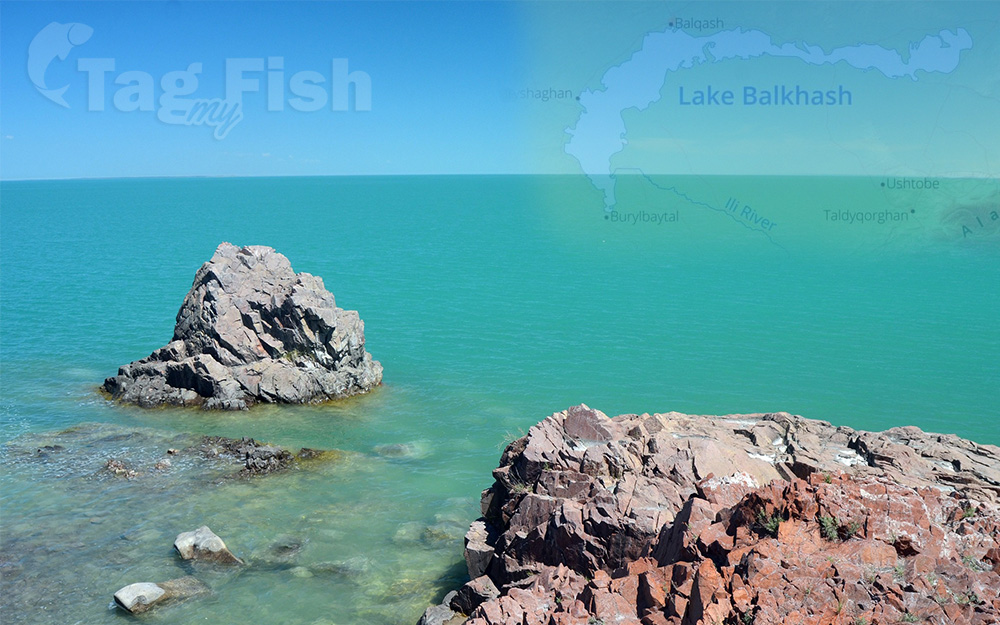
Largest tributaries
Perciformes - Perches
Salmoniformes - Salmons and Trouts
Siluriformes - Catfishes
Cypriniformes - Carps
Acipenseriformes - Sturgeons and Paddlefish
Anabantiformes - Gouramies and snakeheads
Perciformes - Perches
Salmoniformes - Salmons and Trouts
Siluriformes - Catfishes
Cypriniformes - Carps
Acipenseriformes - Sturgeons and Paddlefish
Anabantiformes - Gouramies and snakeheads
Perciformes - Perches
Salmoniformes - Salmons and Trouts
Siluriformes - Catfishes
Cypriniformes - Carps
Acipenseriformes - Sturgeons and Paddlefish
Anabantiformes - Gouramies and snakeheads
Lake Balkhash is one of the largest lakes in Asia and 15th largest in the world. It is in the east of Central Asia in southeastern Kazakhstan and belongs to an endorheic (closed) basin. The basin drains seven rivers, the primary of which is the Ili, bringing most of the riparian inflow; others, such as the Karatal, bring surface and subsurface flow. The Ili is fed by precipitation, largely vernal snowmelt, from the mountains of Chinas Xinjiang region.
The lake currently covers about 16,400 km2 (6,300 sq mi). However, like the Aral Sea, it is shrinking due to diversion and extraction of water from its feeders. The lake has a narrow, quite central, strait. The lakes western part is fresh water. The lakes eastern half is saline. The east is on average 1.7 times deeper than the west. The largest shore city is named Balkhash and has about 66,000 inhabitants. Main local economic activities include mining, ore processing and fishing.
There is concern about the lakes shallowing due to desertification of microclimates and water extraction for multiplied industrial output.
Flora and fauna
The shores of the lake contain individual willow trees and riparian forests, mostly composed of various species of Populus. Plants include common reed (Phragmites australis), lesser Indian reed mace (Typha angustata ) and several species of cane – Schoenoplectus littoralis, S. lacustris and endemic S. kasachstanicus. Under water grow two types of Myriophyllum – spiked (M. spicatum) and whorled (M. verticillatum); several kinds of Potamogeton – shining (P. lucens), perfoliate (P. perfoliatus), kinky (P. crispus), fennel (P. pectinatus) and P. macrocarpus; as well as common bladderwort (Utricularia vulgaris), rigid hornwort (Ceratophyllum demersum) and two species of Najas. Phytoplankton, the concentration of which was 1.127 g/L in 1985, is represented by numerous species of algae.
The lake used to have a rich fauna, but since 1970, biodiversity began to decline due to deterioration of water quality. Before then, there were abundant shellfish, crustaceans, chironomidae and oligochaeta, as well as zooplankton, especially in the western part.
The lake hosted about 20 species of fish, 6 of which were native:
- Ili marinka (Schizothorax pseudoaksaiensis),
- Balkhash marinka (S. argentatus),
- Balkhash perch (Perca schrenkii),
- Triplophysa strauchii,
- Triplophysa labiata
- Balkhash minnow (Rhynchocypris poljakowi).
Other fish species were alien: common carp (Cyprinus carpio), Oriental bream (Abramis brama orientalis), Aral barbel (Luciobarbus brachycephalus), Siberian dace (Leuciscus baicalensis), tench (Tinca tinca), European perch (Perca fluviatilis), catfish, Diptychus, Prussian carp (Carassius gibelio), asp (Aspius aspius) and others.
The fishery was focused on carp, perch, asp and bream.
Abundant and dense reeds in the southern part of the lake, especially in the delta of Ili River, served as a haven for birds and animals. Changes in the water level led to the degradation of the delta – since 1970, its area decreased from 3,046 to 1,876 km2, reducing wetlands and riparian forests which were inhabited by birds and animals. Land development, application of pesticides, overgrazing and deforestation also contributed to the decrease in biodiversity. Of the 342 species of vertebrate, 22 are endangered and are listed in the Red Book of Kazakhstan. Forests of the Ili delta were inhabited by the rare (now probably extinct) Caspian tiger and its prey, wild boar. Around the 1940s, Canadian muskrat was brought to the Ili delta; it quickly acclimatized, feeding on Typha, and was trapped for fur, up to 1 million animals per year. However, recent changes in the water level destroyed its habitat, bringing the fur industry to a halt.
Balkhash is also the habitat of 120 types of bird, including cormorants, marbled teal, pheasants, golden eagle and great egret; 12 of those are endangered, including great white pelican, Dalmatian pelican, Eurasian spoonbill, whooper swan and white-tailed eagle.
